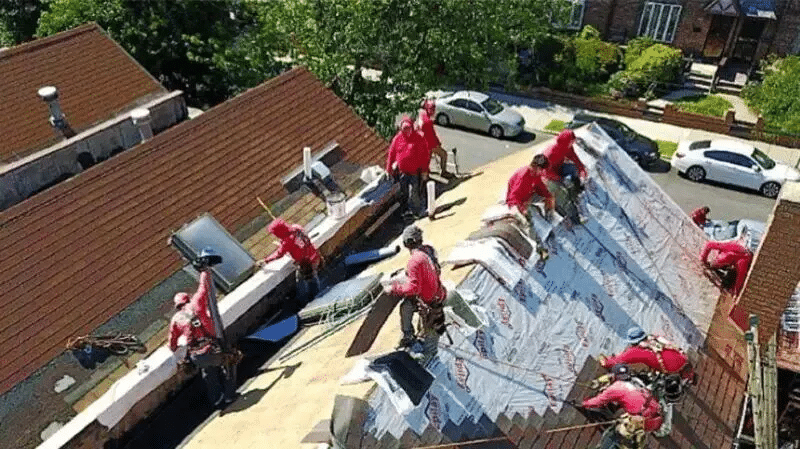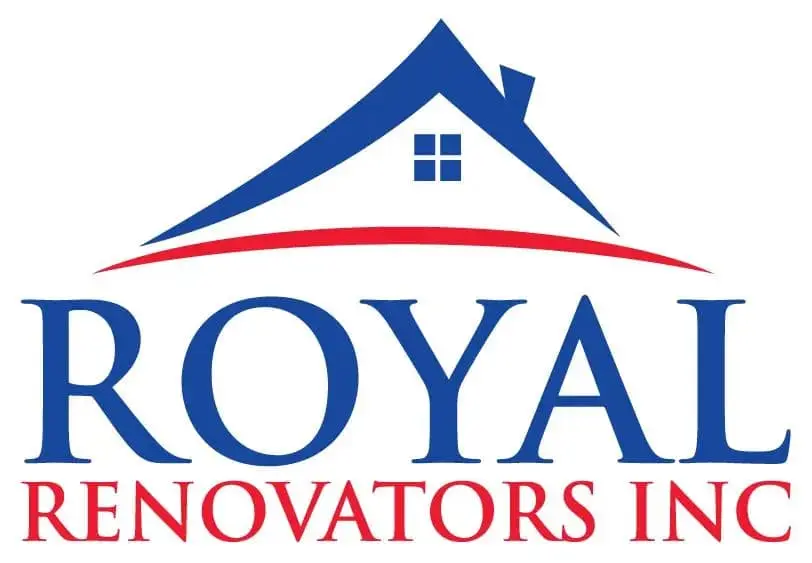The Pros And Cons of Sloped Roofs: Is It Worth The Investment?

When it comes to designing or renovating a home, the roof is one of the most critical structural elements to consider. A well-planned roof not only protects your property from the elements but also contributes significantly to its aesthetic appeal and energy efficiency. Many homeowners find themselves deliberating between flat and sloped designs, with the latter requiring a skilled roofing crew to install properly. But is a sloped roof worth the investment? This comprehensive analysis explores the advantages and disadvantages to help you make an informed decision for your property.
The Advantages of Sloped Roofs
- Superior Water Drainage
Perhaps the most significant advantage of sloped roofs is their excellent water management capability. The incline naturally channels rainwater and melting snow away from the structure, significantly reducing the risk of leaks, water damage, and moisture-related issues. This self-draining feature makes sloped roofs particularly valuable in regions with heavy precipitation.
- Extended Lifespan
Sloped roofs typically outlast their flat counterparts by a considerable margin. The average lifespan of a sloped roof ranges from 20 to 100+ years, depending on the materials used, while flat roofs generally last 10-25 years before requiring replacement. This longevity stems primarily from better drainage and reduced UV exposure per square foot.
Materials commonly used for sloped roofs—such as asphalt shingles, metal panels, clay tiles, and slate—are specifically designed for long-term durability when installed at an angle. The initial investment may be higher, but the cost amortized over decades often results in better value.
- Increased Attic Space and Ventilation
The design of sloped roofs creates valuable attic space that can serve multiple purposes:
– Additional storage area
– Potential for conversion into living space
– Improved insulation buffer between living areas and outdoor temperatures
– Enhanced natural ventilation throughout the structure
This extra volume allows for better air circulation, which helps regulate temperature extremes and reduces moisture buildup. Proper ventilation extends the life of roofing materials and can significantly lower cooling costs during warmer months.
- Energy Efficiency
In many climates, sloped roofs offer superior energy performance compared to flat alternatives. The angle of the roof affects how much direct sunlight hits the surface, with steeper pitches receiving less intense solar radiation during summer months. Additionally, the attic space beneath creates an insulation buffer that helps maintain consistent indoor temperatures.
Modern sloped roof designs can incorporate energy-efficient features such as:
– Integrated solar panels that leverage the optimal angle for energy production
– Ventilation systems that reduce cooling requirements
– Space for thicker insulation layers
- Aesthetic Appeal and Resale Value
The visual impact of a sloped roof cannot be overstated. These roofs create a distinctive silhouette that defines many architectural styles, from Colonial and Victorian to Tudor and Craftsman. Real estate professionals consistently report that homes with well-maintained sloped roofs command higher market values and sell faster than comparable properties with flat roofs.
The Disadvantages of Sloped Roofs
- Higher Initial Cost
The most significant deterrent for many property owners is the upfront expense. Sloped roofs typically cost 20-50% more to install than flat roofs of comparable size. This price differential stems from:
– More complex construction requirements
– Greater material quantity needed to cover the larger surface area
– Higher labor costs due to safety considerations and installation complexity
– Additional structural support requirements
For budget-conscious builders or homeowners planning to sell within a few years, this initial investment might be difficult to justify despite the long-term benefits.
- Installation Complexity
Installing a sloped roof demands specialized skills and equipment. The process is more time-consuming and technically challenging than flat roof installation, requiring experienced professionals familiar with proper waterproofing techniques at valleys, eaves, and other vulnerable areas. This complexity translates to higher labor costs and potentially longer project timelines.
- Maintenance Challenges
While sloped roofs generally require less frequent maintenance than flat alternatives, performing that maintenance can be more difficult and dangerous. Simple tasks like cleaning gutters, replacing damaged shingles, or inspecting for problems necessitate specialized equipment and safety precautions.
- Space Utilization Limitations
The interior space created by a sloped roof comes with certain limitations. Depending on the pitch, portions of the attic may have insufficient headroom for practical use. Converting this space into functional living areas often requires additional modifications like dormers or roof windows, further increasing costs.
- Wind Vulnerability
Very steep roofs can create significant wind resistance, potentially increasing the risk of damage during severe storms. In hurricane-prone regions, this consideration becomes particularly important, sometimes necessitating additional structural reinforcement and specialized fastening systems.
Is a Sloped Roof Worth the Investment?
The value proposition of a sloped roof depends on several key factors specific to your situation:
Climate Considerations
In regions with heavy rainfall, snowfall, or extreme temperature variations, sloped roofs offer clear advantages that often justify the additional investment. The superior drainage and insulation properties provide protection that flat roofs struggle to match in challenging weather conditions.
Long-Term Planning
If you intend to occupy your home for many years, the extended lifespan and reduced maintenance requirements of sloped roofs become more financially attractive. The initial premium effectively pays for itself through longevity and lower lifetime costs.
Architectural Harmony
For homes in neighborhoods dominated by traditional architectural styles, a sloped roof might be essential for maintaining property value and aesthetic cohesion. Conversely, in areas where modern, flat-roofed designs predominate, the additional investment in a sloped roof might not yield proportionate returns.
Energy Priorities
Homeowners focused on sustainability and energy efficiency often find that sloped roofs offer superior performance, particularly when designed with proper insulation and ventilation. The potential for integrating solar panels at optimal angles can further enhance this advantage.
Ready to explore whether a sloped roof is the right choice for your home? Contact a professional roofing crew today at 118-35 Queens Blvd Forest Hills, NY 11375 (718) 414-6067 https://www.nycrenovators.com for a personalized assessment of your property’s needs and a detailed quote.
